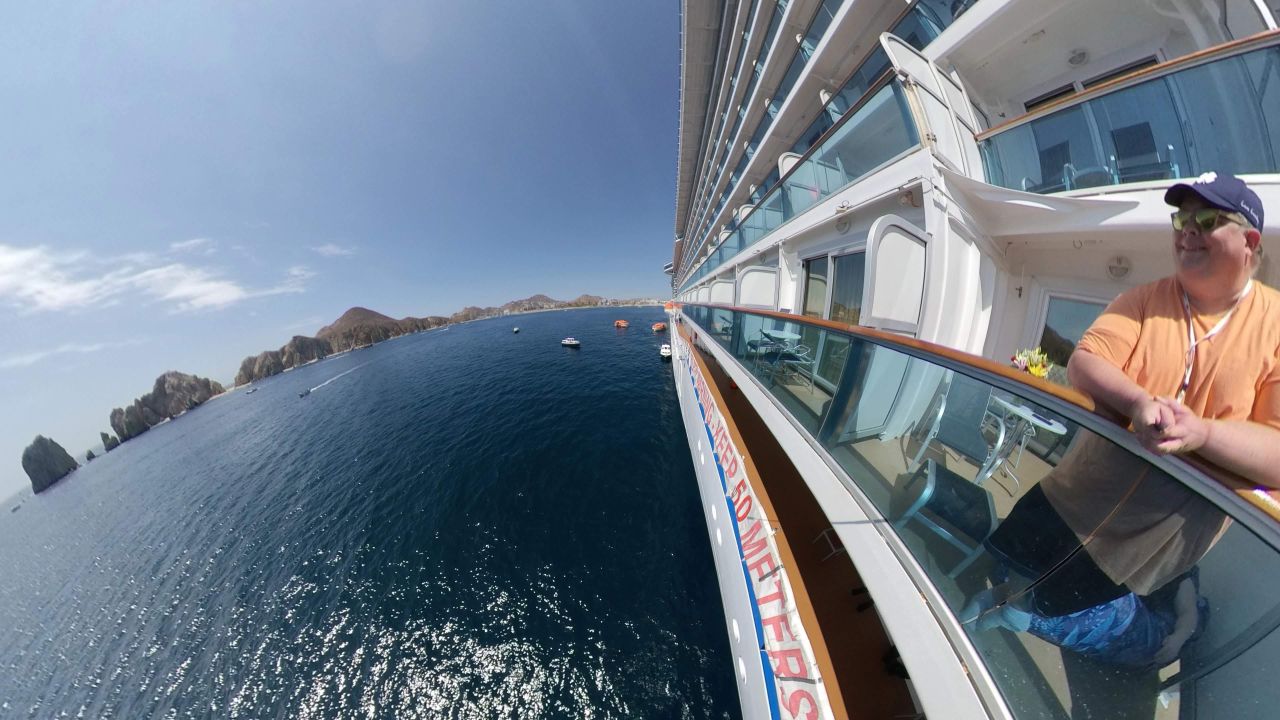Mexico's recent move to implement a $42 per passenger cruise tax marks a significant shift in how it approaches the cruise industry and tourism in general. Historically, while Mexico has applied head taxes to hotel guests staying for extended periods, cruise passengers making brief port calls have been exempt from these fees. This new legislation, currently under Senate review, would eliminate this long-standing exemption and could reshape the cruise industry's relationship with Mexican ports.
The impact of this tax will vary significantly depending on the cruise market segment. For budget-conscious travelers booking short cruises with base fares around $300, this additional $42 fee (potentially reaching $47 with additional Mexican state taxes depending on the location) represents a substantial percentage increase. This could particularly affect the market for quick getaway cruises, where price sensitivity is highest.
However, the situation becomes more nuanced when we examine different cruise markets. Caribbean itineraries have alternatives – cruise lines can easily pivot to destinations like the Bahamas or Jamaica if Mexican ports become less economically attractive. The West Coast market faces a different challenge, particularly the Los Angeles to Ensenada routes. However, Cabo cruises and other Mexican Riviera itineraries will also feel an impact. With fewer alternative ports of call, these routes may have to absorb the cost increase, potentially affecting their viability as budget-friendly vacation options
That said, we need to maintain perspective here. Cruising remains one of the most cost-effective vacation options, even with this new tax. When you consider the all-inclusive nature of cruise travel – accommodation, dining, entertainment, and transportation between destinations – the value proposition remains strong, even with an additional $42 per person.
That said, we need to maintain perspective here. Even with this new tax, cruising remains one of the most cost-effective vacation options available.
Heather Hills, a luxury cruise specialist at Flow Voyages, offers an interesting perspective on the market impact: "While this tax will certainly be noticed on shorter, budget-focused cruises, my clients who are booking Celebrity, Royal Caribbean's higher-end suites, or luxury lines like Regent and Seabourn are unlikely to change their travel plans over a $42 fee. For a guest spending $3,000 to $20,000 on their cruise vacation, this represents a tiny percentage of their total investment. What concerns me more is the precedent this sets. If Mexico succeeds with this tax, we might see other destinations follow suit, creating a cumulative effect that could impact even the premium and luxury markets. For now though, the allure of Mexico's ports, particularly for West Coast itineraries, remains strong enough to withstand this increase."
What's more concerning is the allocation of these funds. According to the current proposal, up to two-thirds of the revenue would go to the army, which has managed Mexico's ports since 2020. While port security is certainly important, this seems disconnected from tourism development. If this tax revenue were earmarked for improving port infrastructure, enhancing tourist facilities, or developing better shopping areas, it would be easier to justify to both cruise lines and passengers.
The stakes are significant. Mexico expects more than 3,300 cruise ship calls in 2025, with approximately 10 million passengers. Cozumel alone welcomed 4.2 million cruise visitors last year, with Costa Maya receiving another 2.2 million. These numbers represent not just tourism statistics, but livelihoods and economic opportunities for countless Mexican citizens.
The cruise industry's response has been predictable, with organizations like the Florida and Caribbean Cruise Association (FCCA) warning of potential itinerary changes. History shows us that cruise lines will indeed redirect ships from ports they view as overpriced – Alaska learned this lesson the hard way before eventually rolling back similar fees.
In that case, they ultimately amended the $50 per head tax from 2006 to $34.50 and further reduced it to encourage specific ships to visit other ports so that the passenger load was more evenly distributed. We may see something similar in Mexico as well
Ultimately, while this tax may cause short-term disruption, it's unlikely to alter Mexico's position as a crucial cruise destination in the eyes of most cruisers. The country's unique attractions, proximity to major cruise markets, and established infrastructure make it too valuable to abandon entirely. However, the success of this measure will likely depend on how the revenue is used and whether passengers see value for their additional contribution.
The ball is now in Mexico's court. As President Sheinbaum considers this legislation, she'll need to weigh the immediate revenue benefits against long-term tourism development goals. As for American tourists, they'll vote with their wallets, deciding whether the allure of Mexico's diverse ports – from Ensenada to Cozumel – justifies the additional cost.
In the end, while I may not agree with the tax's implementation or its revenue allocation, it's important to remember that Mexico has every right to manage its tourism industry as it sees fit. The market will ultimately determine whether this decision strengthens or weakens Mexico's position in the competitive cruise tourism landscape.
About the Author:
James Hills is the founder of CruiseWestCoast.com and a recognized expert on Mexico cruise tourism, providing expert commentary and analysis of industry trends for over 15 years. His deep knowledge of Mexican ports from Ensenada to Costa Maya and understanding of cruise industry dynamics has made him a trusted voice in cruise tourism.
Media Inquiries:
Flow Media Marketing leadership are available for expert commentary as well as background discussion on Mexico's cruise industry, port developments, and tourism trends.
- James Hills
Mexico Cruise Expert, CruiseWestCoast.com - Heather Hills
Senior Cruise Analyst, Flow Voyages
